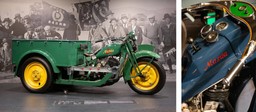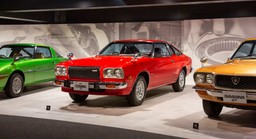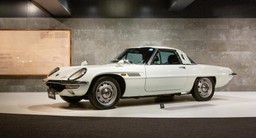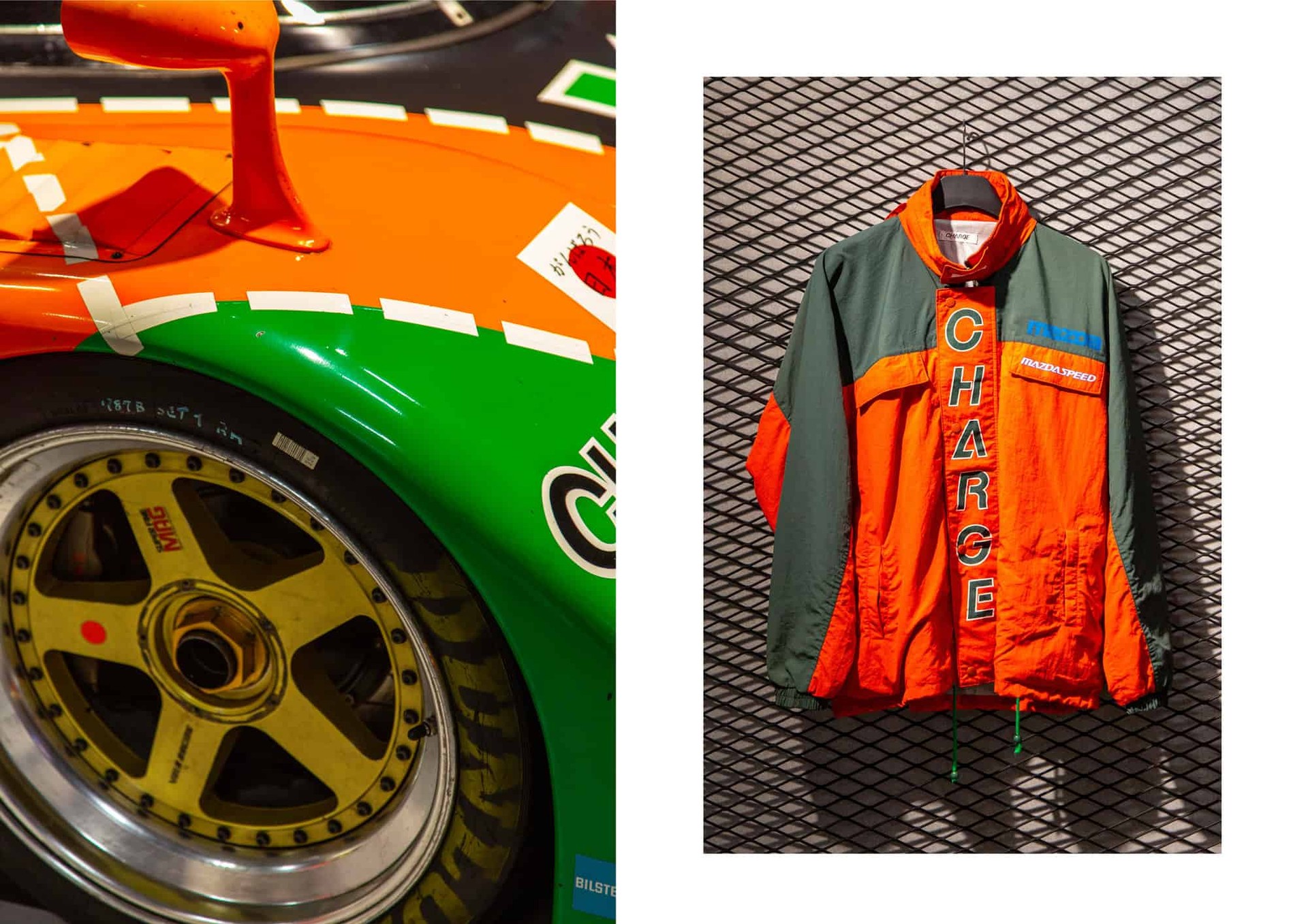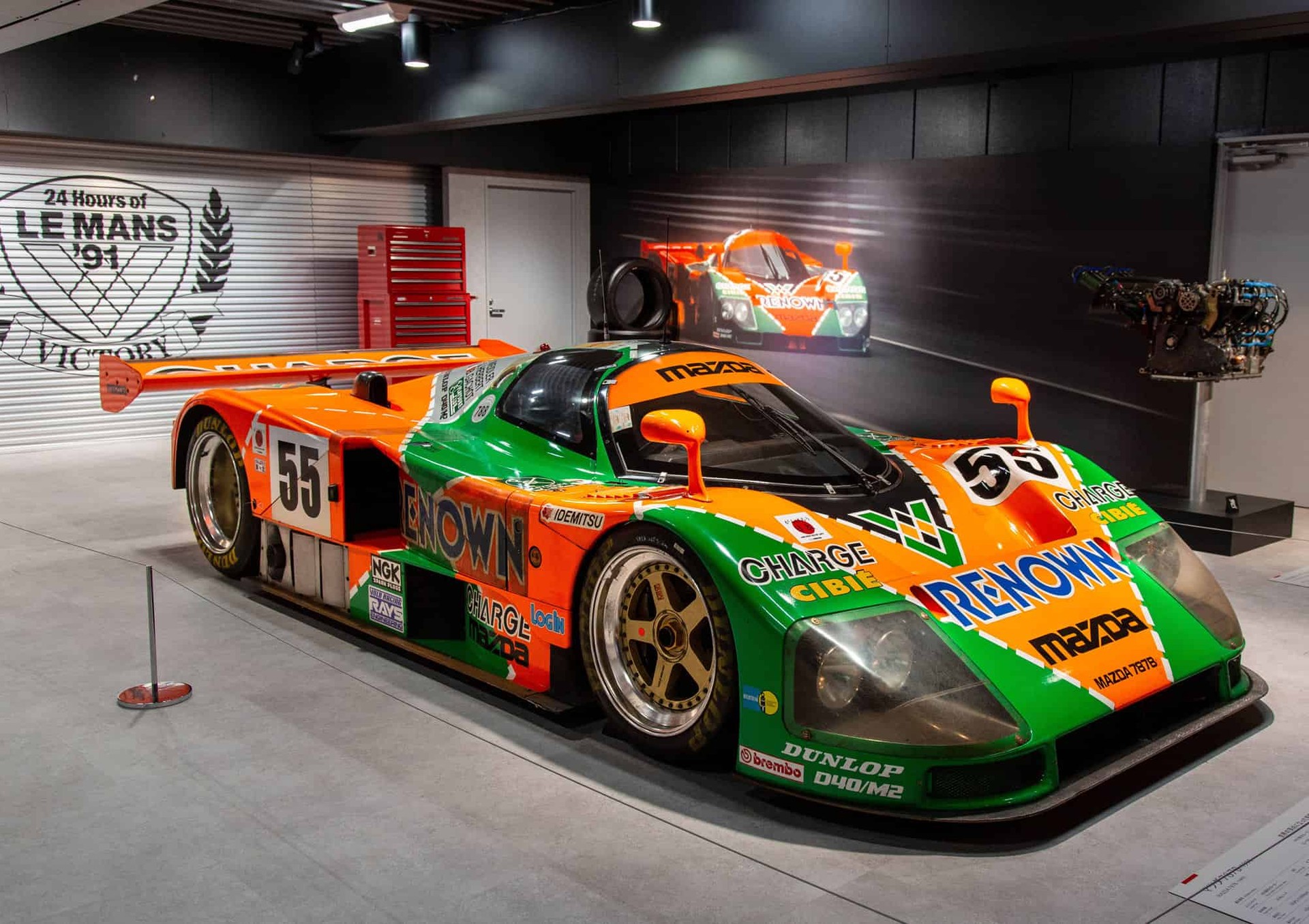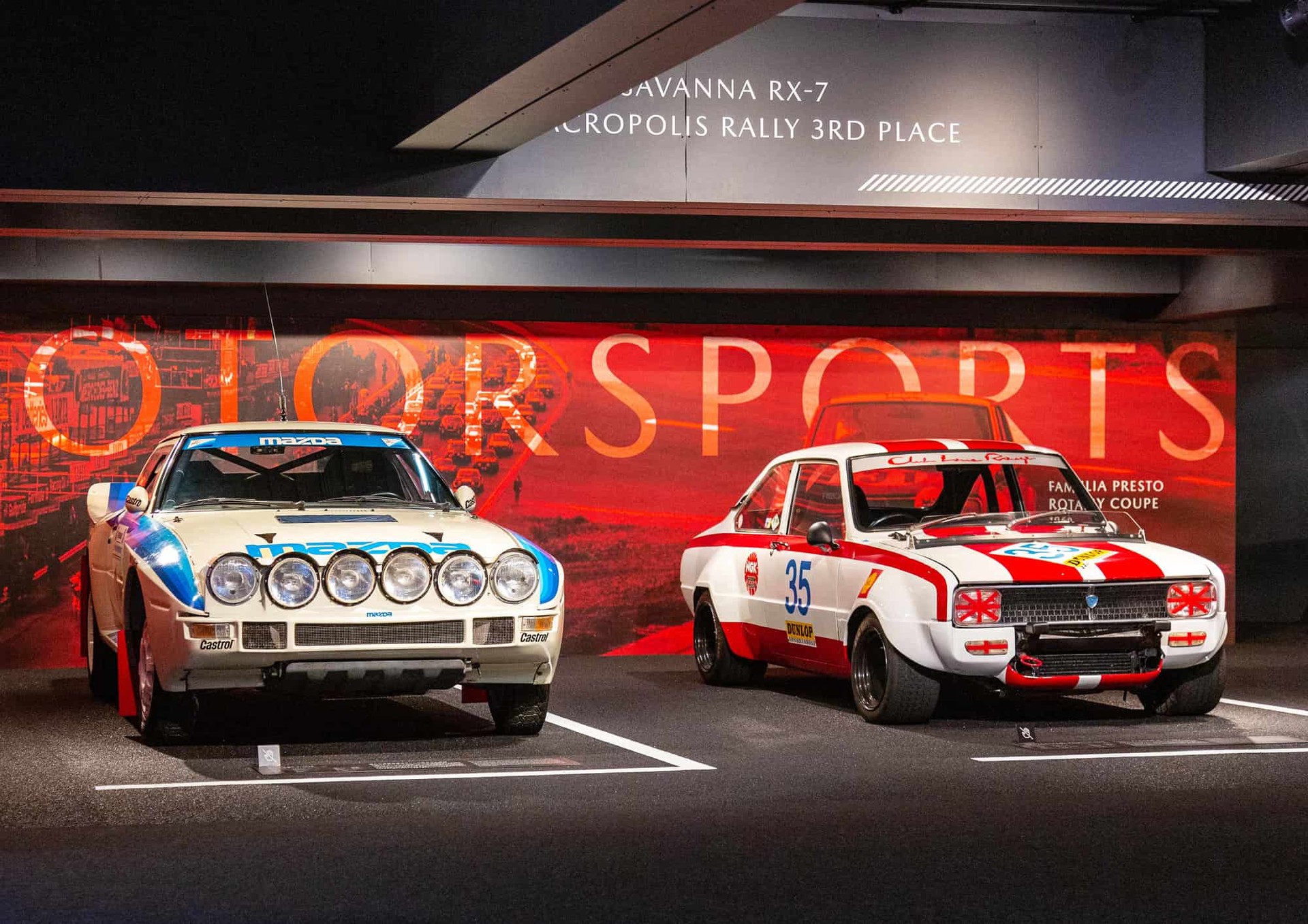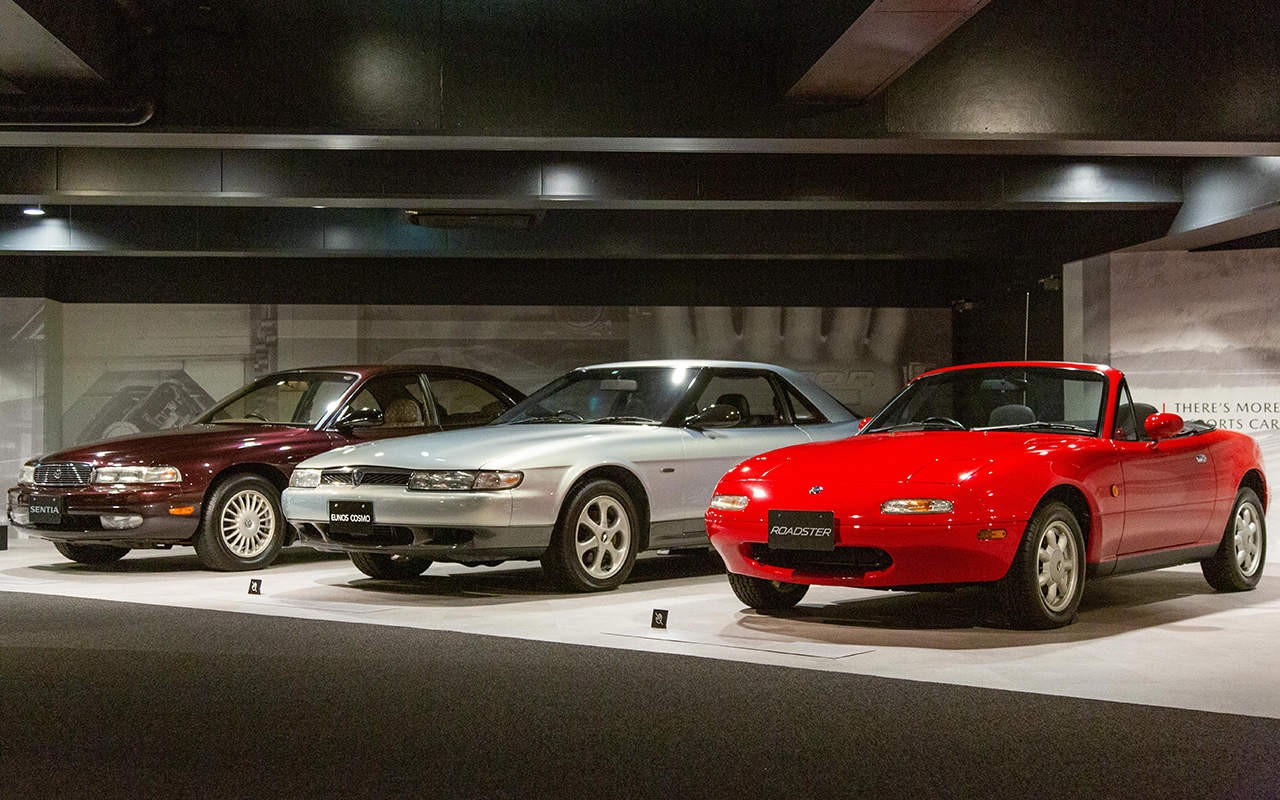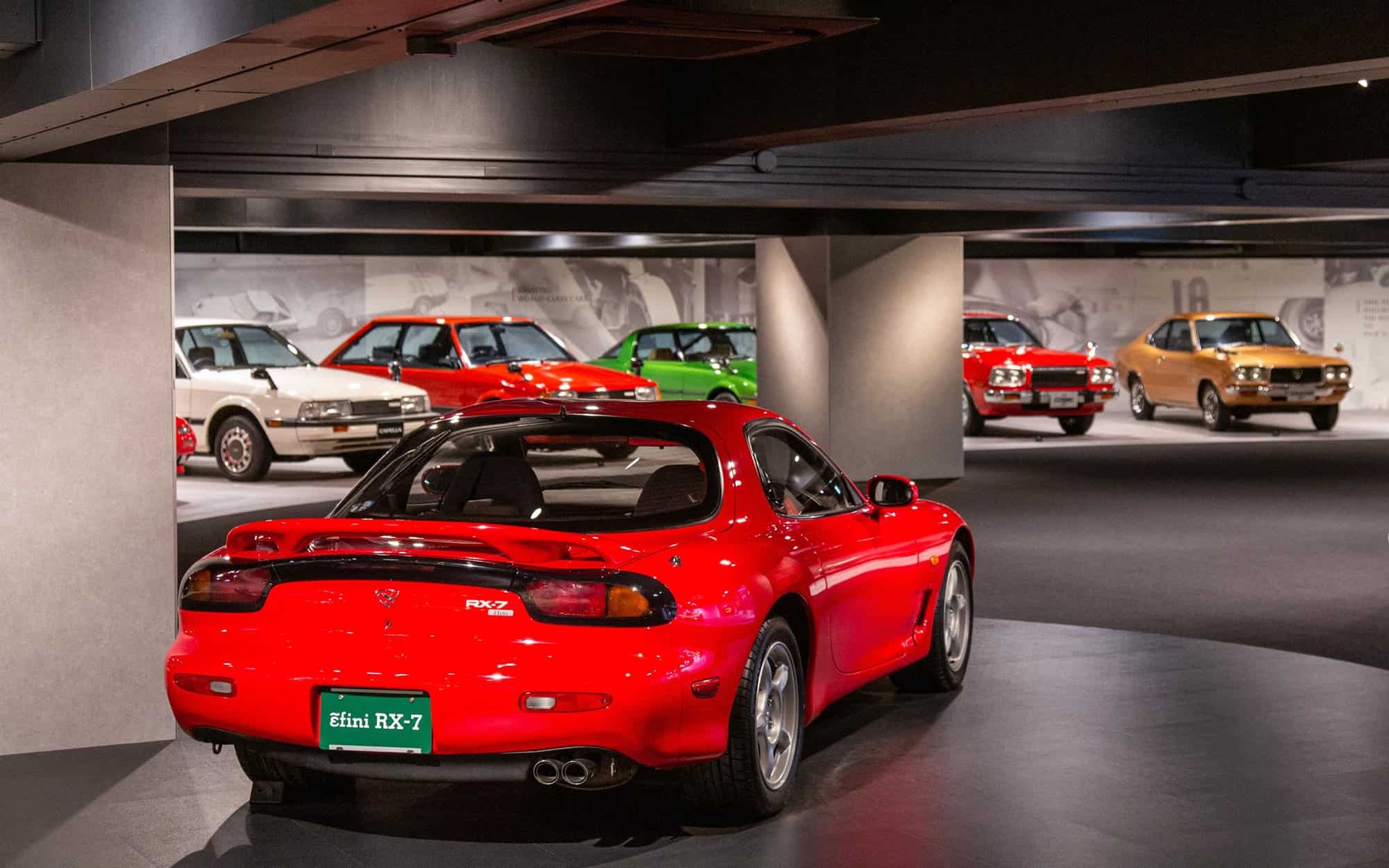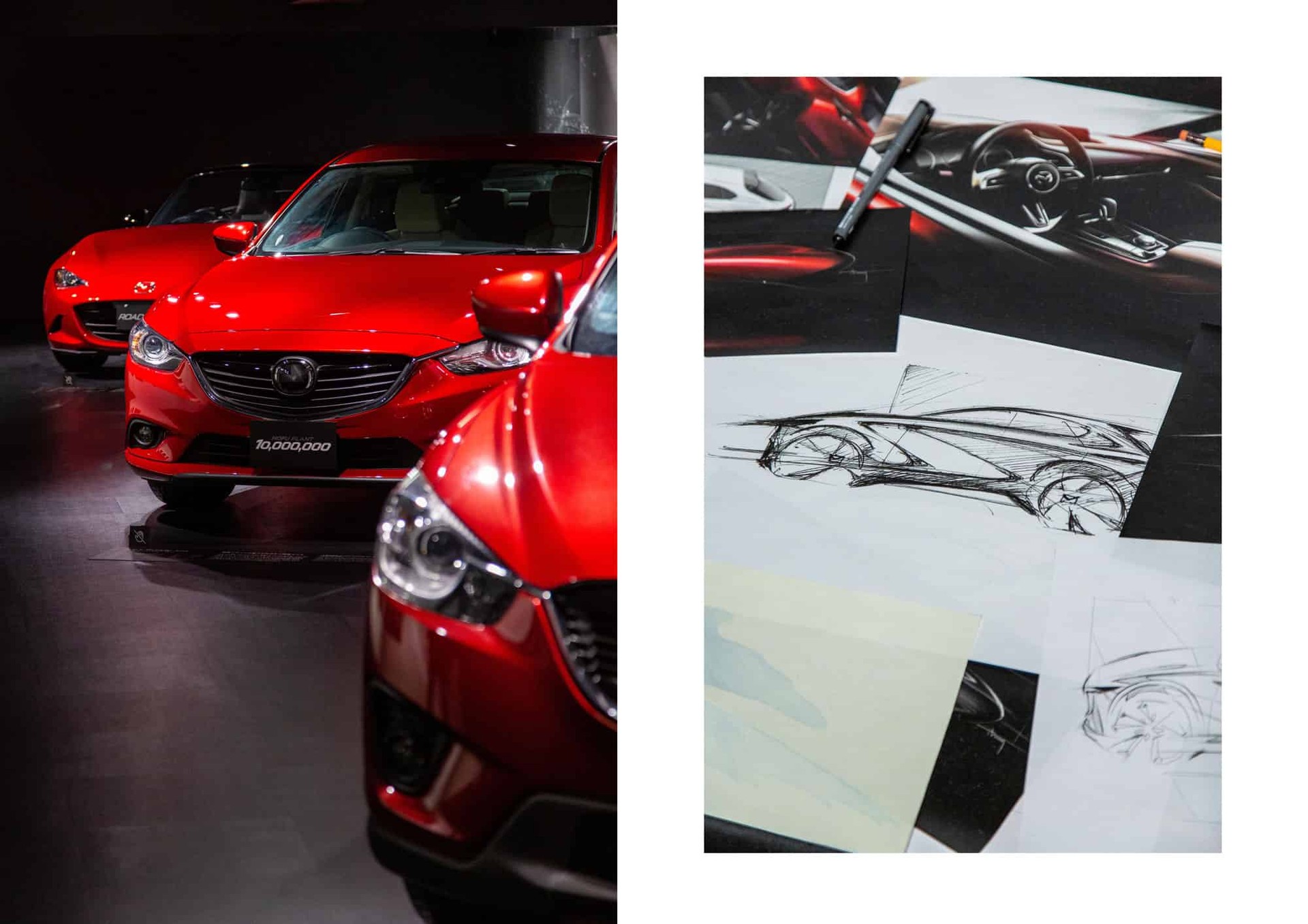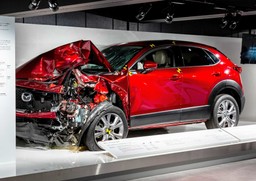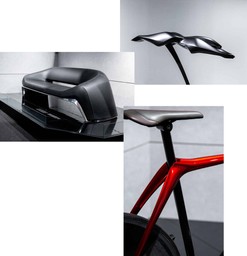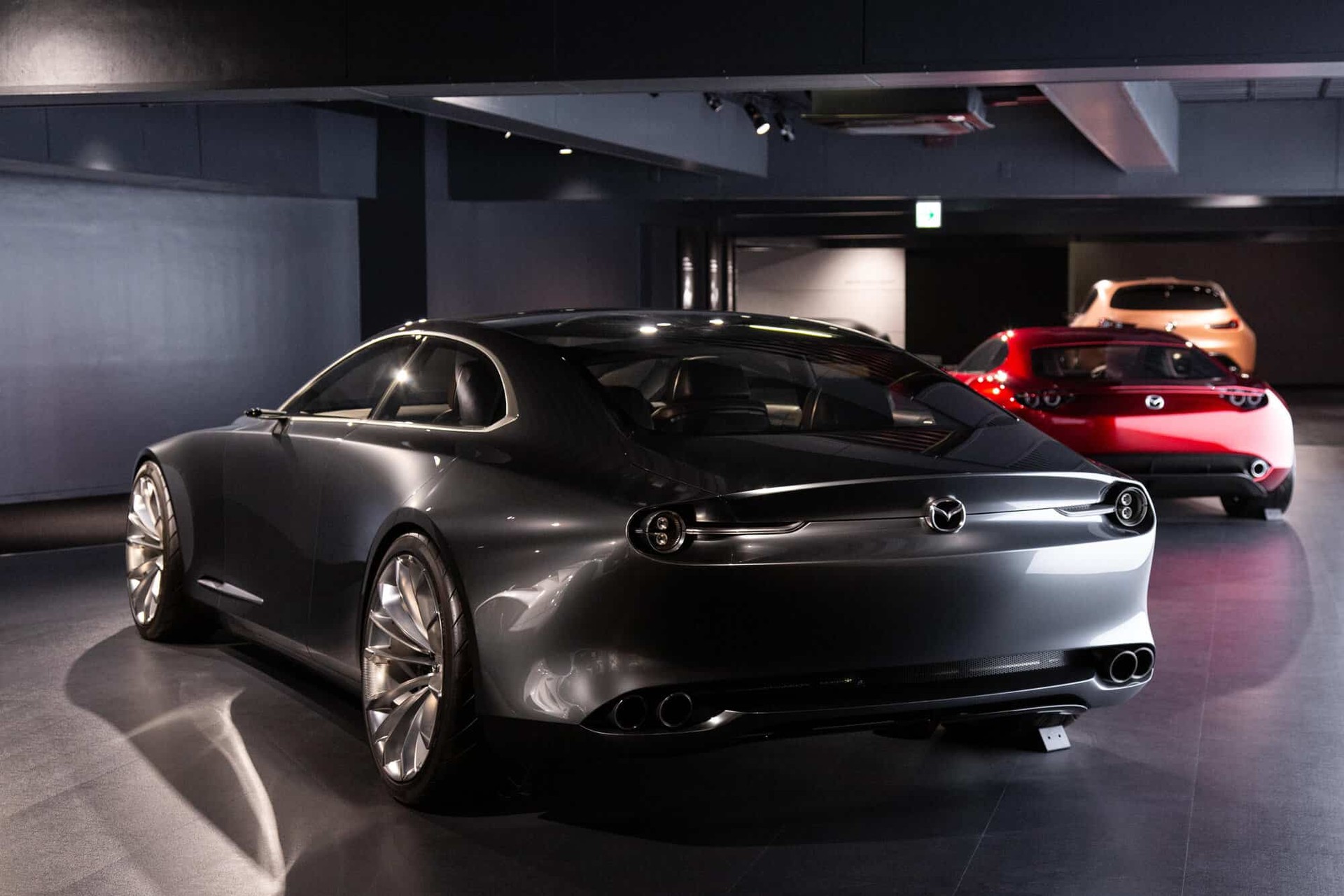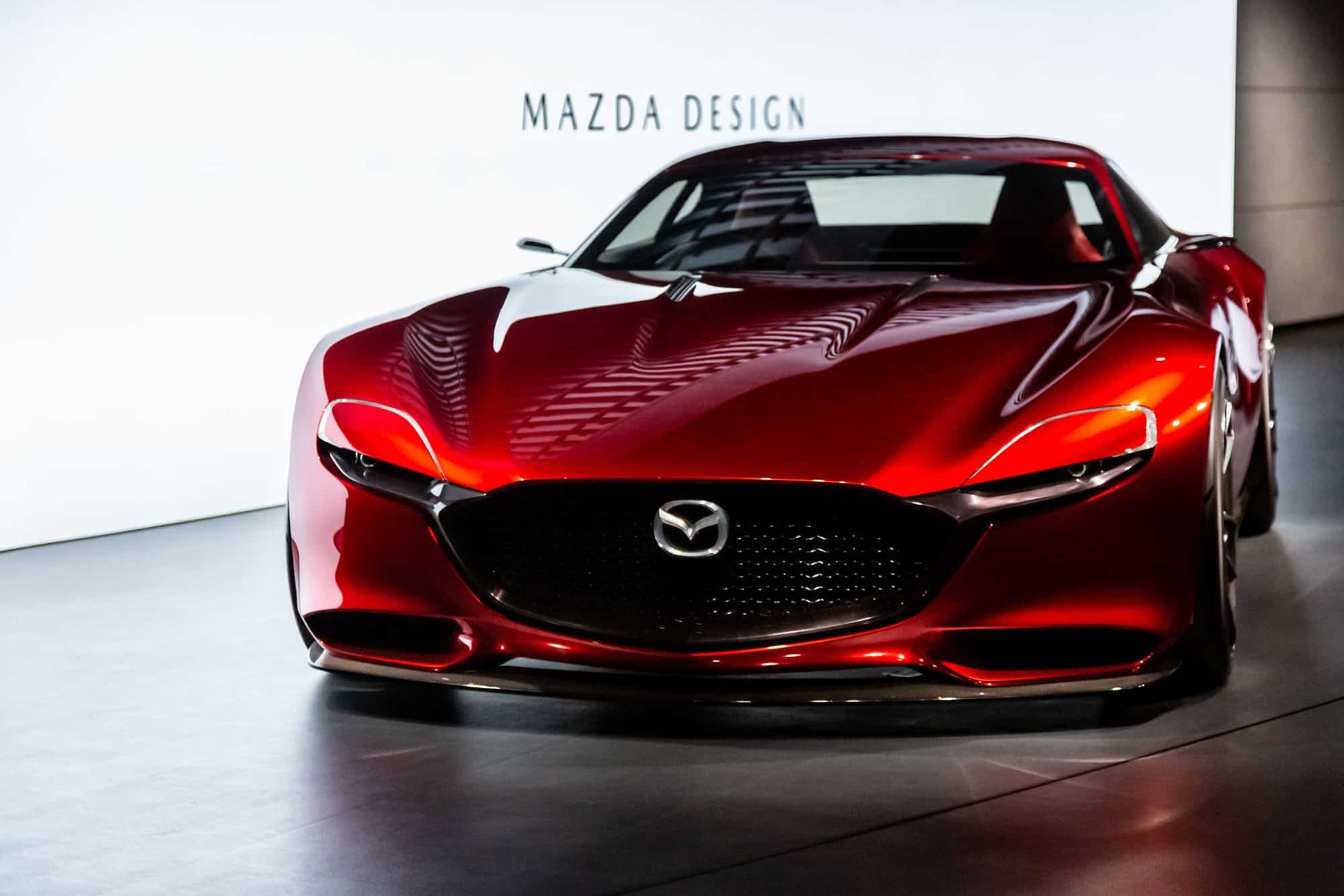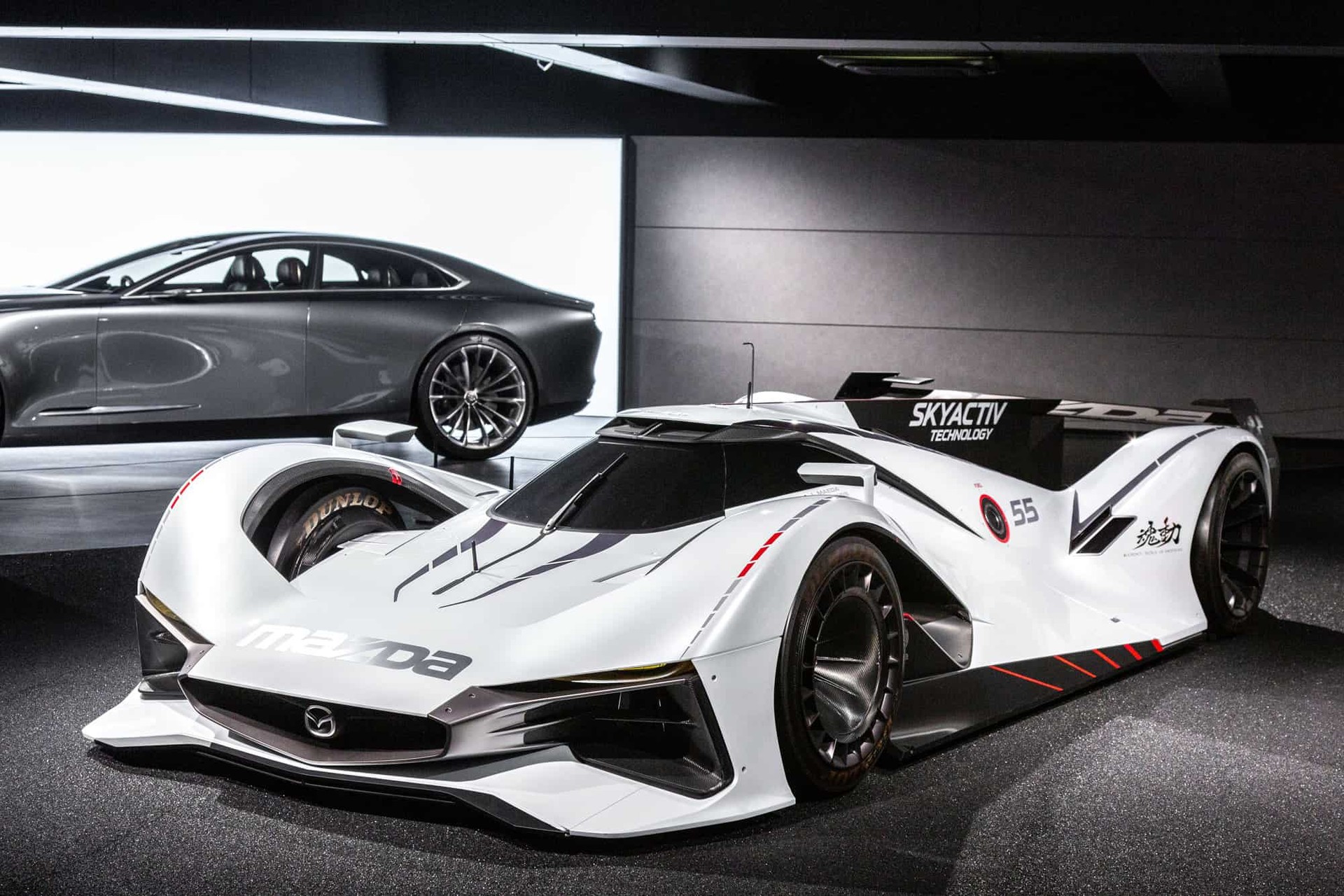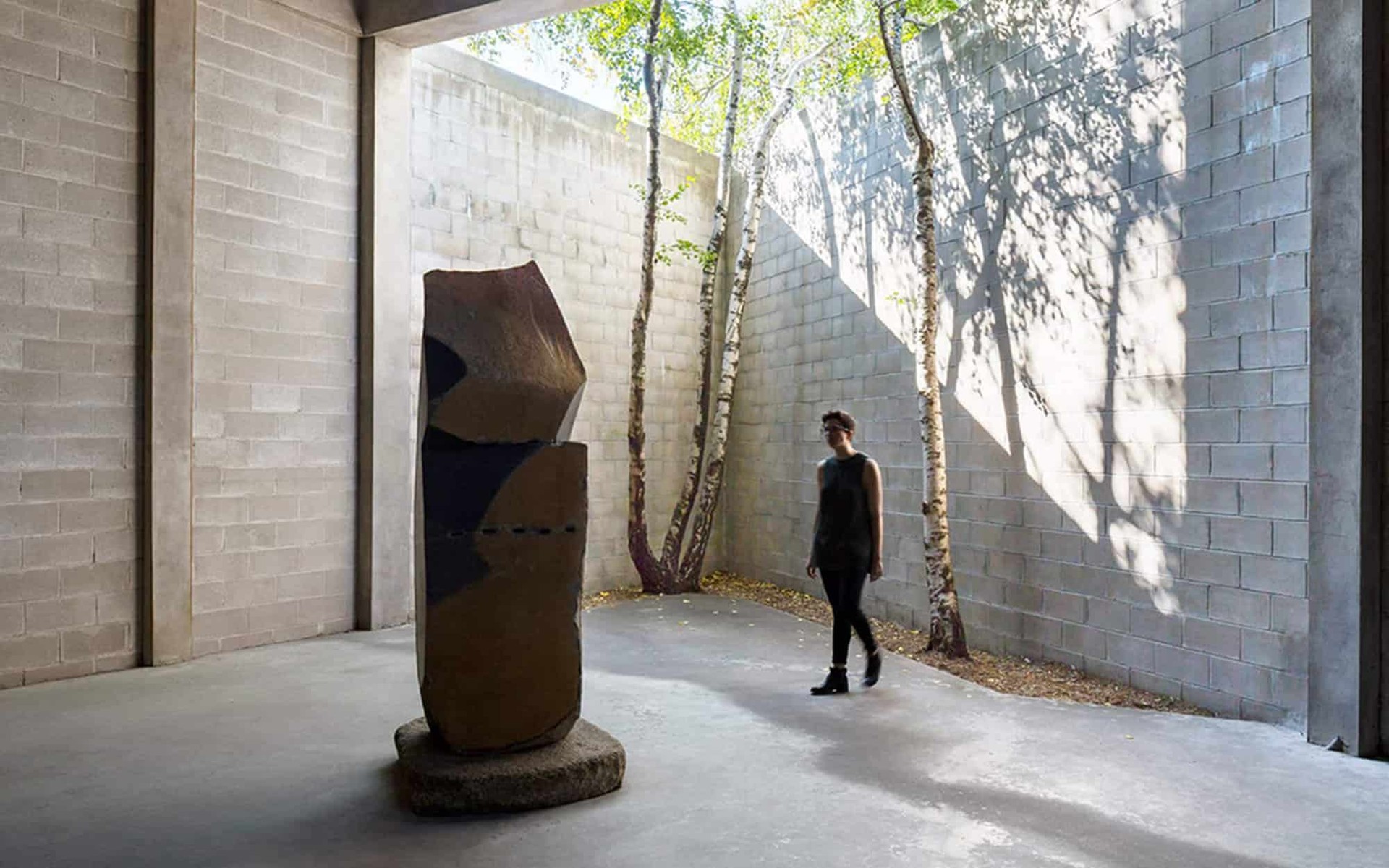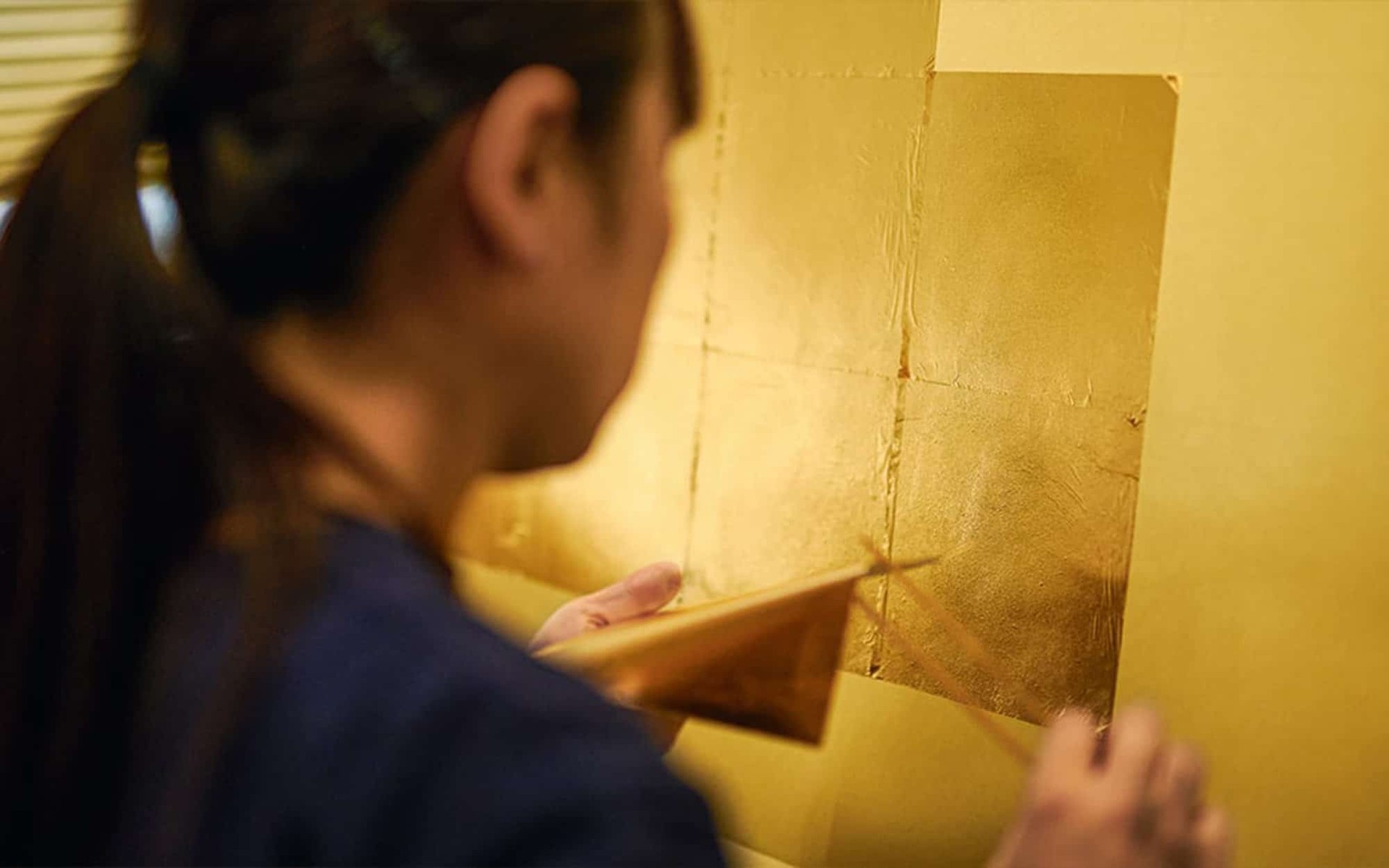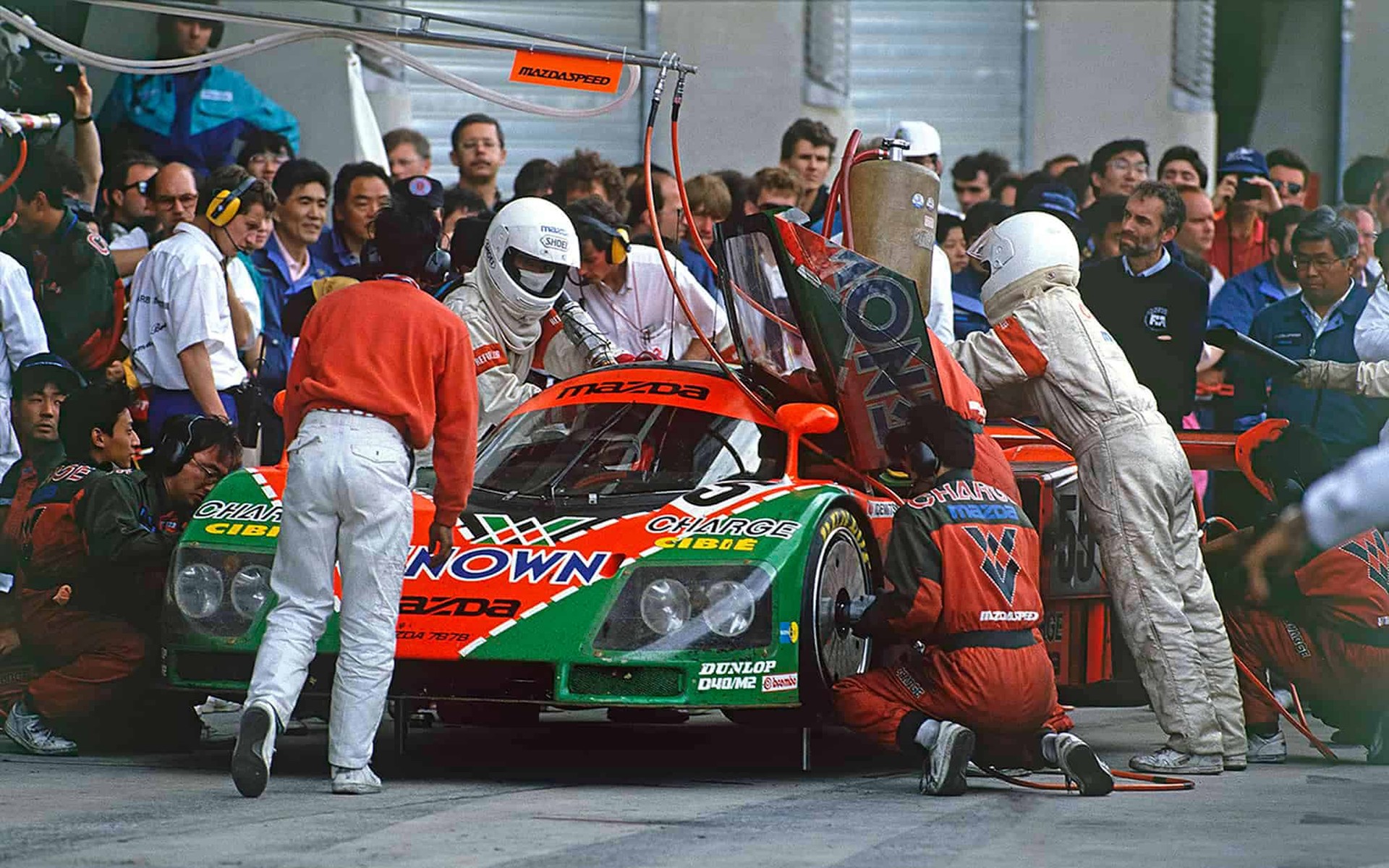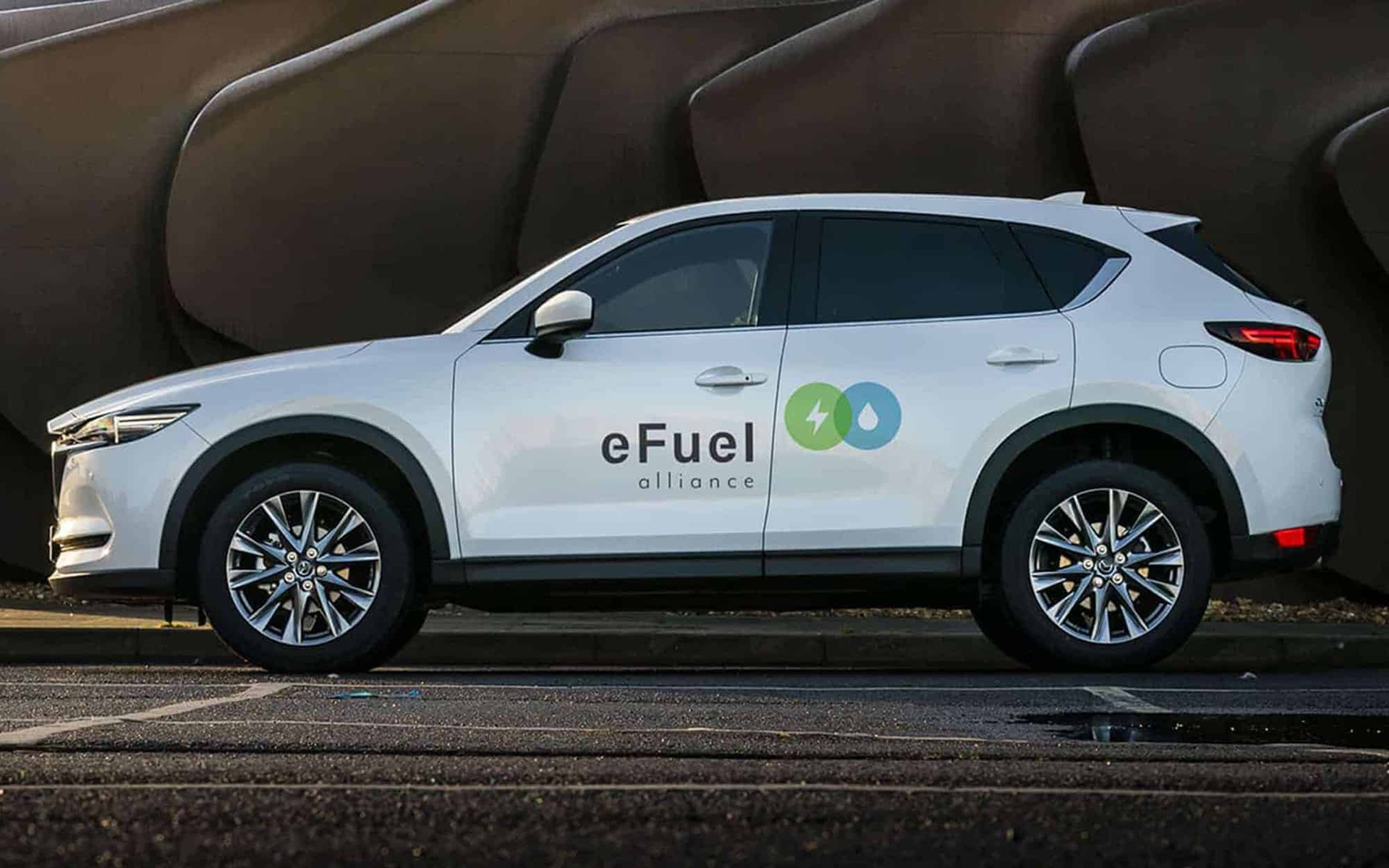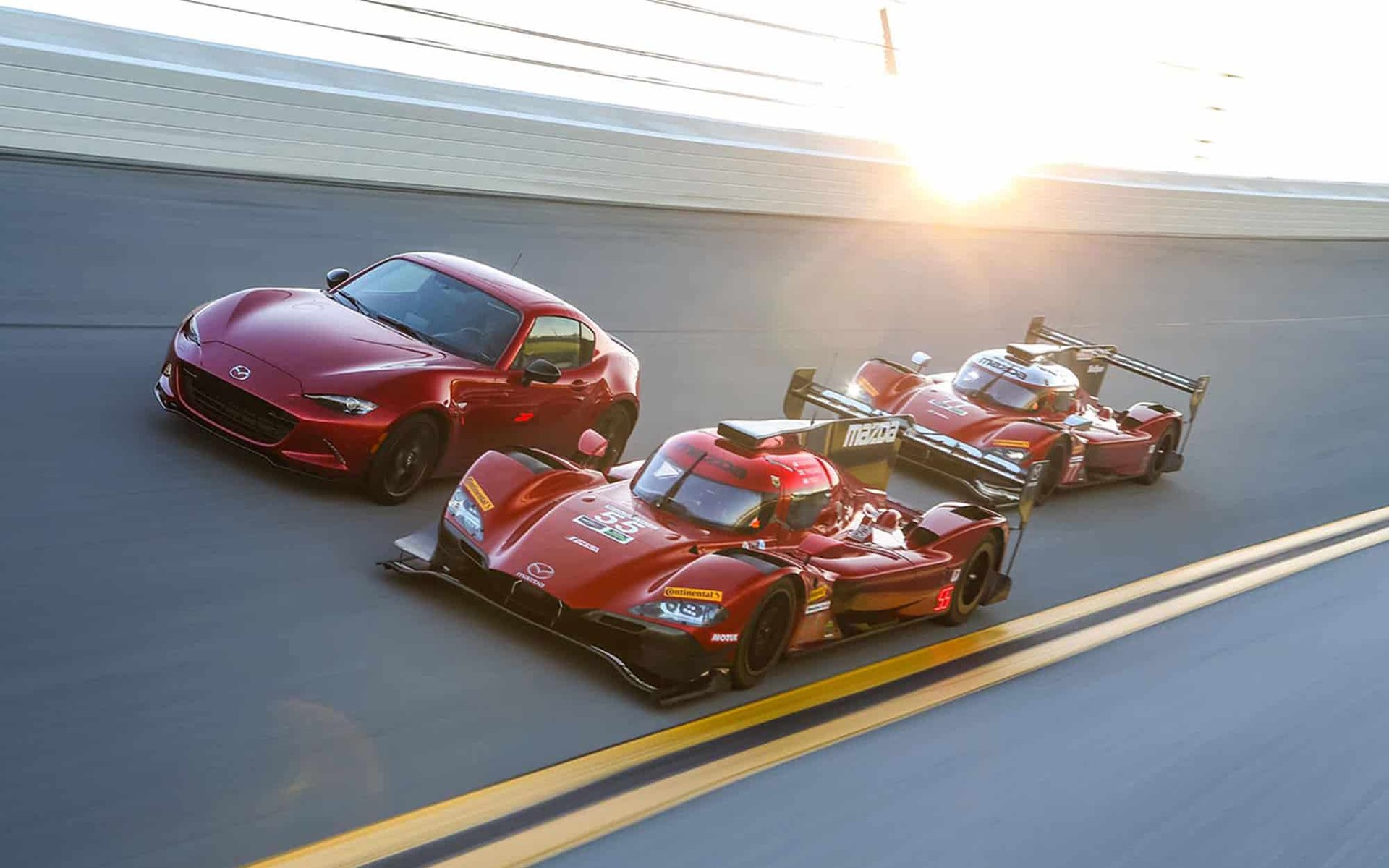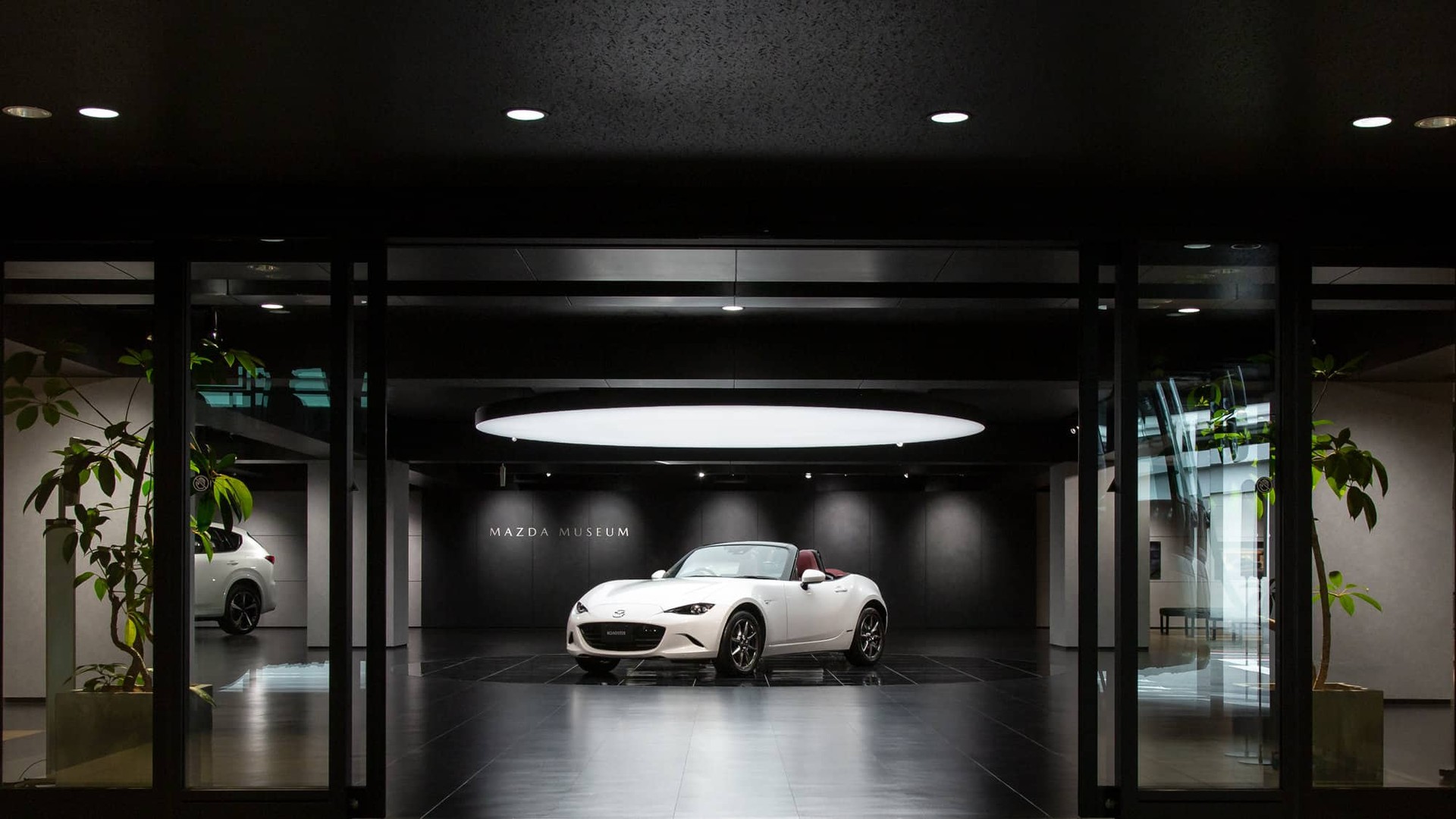
EXPLORE
10 Hidden Gems in HIROSHIMA’s
Mazda Museum
In Hiroshima, the famous Mazda Museum, renovated in May 2022, is a favorite among visitors to the city. Throughout the 10 zones, there’s an abundance of automotive history just waiting to be discovered …
It’s no secret that Mazda is steeped in rich Japanese heritage. Founded in 1920 as Toyo Cork Kogyo Co (renamed Toyo Kogyo in 1927 and, eventually, Mazda, in 1984), some 102 years ago, the Hiroshima-based automotive corporation has seen years of innovation and continuous success around the world, with countless iconic vehicle designs. What many don’t know, however, is just how deep the Mazda roots reach.
The Mazda Museum, located in Mazda’s Hiroshima headquarters, with free entry to the public, is the ideal place to relive this eminent and vibrant past. Spanning 10 different zones that encapsulate major moments in the brand’s history, the Mazda Museum is home to over 100 years of automotive history, from challenging and innovative technologies to award-winning design and next-gen engineering. In each zone, there’s a perfect encapsulation of Mazda’s challenger spirit, with numerous delights to be found.
Zone 1
The Little Three-Wheeler That Rebuilt Hiroshima
In Osaka, Japan, Jujiro Matsuda started Mazda’s journey, and one of the earliest Mazda vehicles is also one of its most remarkable: a three-wheeled “truck.”
Must see: The Type-TCS welcomes visitors to the Mazda Museum and encapsulates the brand’s eclectic history perfectly. Made entirely from domestically manufactured parts and 40% more powerful than its predecessor, the Type-DA, it could carry an impressive 880lbs of cargo. Later, in 1938, Mazda launched the Type-GA and resumed production just four months after the end of the Second World War, as the carrying capacity and low production price gave it exceptional cost performance, especially when it came to rebuilding Hiroshima. Its refined form set it apart from the first three-wheeled trucks and, in 1946, it reached the top of the market with a production volume of 2,430 units. It quickly became nicknamed “Green Panel,” nodding to the green instrument panel that symbolized peace and safety. The Type-GA remained in production until 1949. Today, the Mazda Museum exhibits its successor model, the Type-GB, also in the iconic “Green Panel” colour.
Zone 2-3
The Dawn Of Soul Red Crystal
Midway through the 20th century, Mazda turned its attention to consumer vehicles. From light hatchbacks to luxury sedans, a varied lineup of vehicles started to be seen around the globe.
Must see: Mazda’s most historic and recognizable vehicles include the Cosmo Sport, Savanna, and Cosmo AP (pictured below). Notably, the Cosmo AP was one of the first vehicles to launch in red, a rarity for vehicles in the mid 20th century, as high-end vehicles were typically made with black, white or silver colorways as standard. With this unconventional approach came Mazda’s unique connection to the colour, which is still synonymous with the brand today. The Cosmo Sport, too, is somewhat of a rarity as some 480 of approximately 1,200 vehicles are still on the road today.
Zone 4
The Group C Sports Prototype That Won Le Mans
Mazda showcased its challenger spirit across a range of global racing series, including Le Mans and IMSA. Start your engines …
Must see: One of the most eye-catching installations is the Mazda 787B (pictured), which flew to victory at the brutal 24 Hours of Le Mans. The museum shows the 787B in a pit garage setup, where visitors can also witness memorabilia from one of endurance racing’s most famous events. In 1991, Johnny Herbert, Volker Weidler and Bertrand Gachot drove team Mazdaspeed to a historic victory.
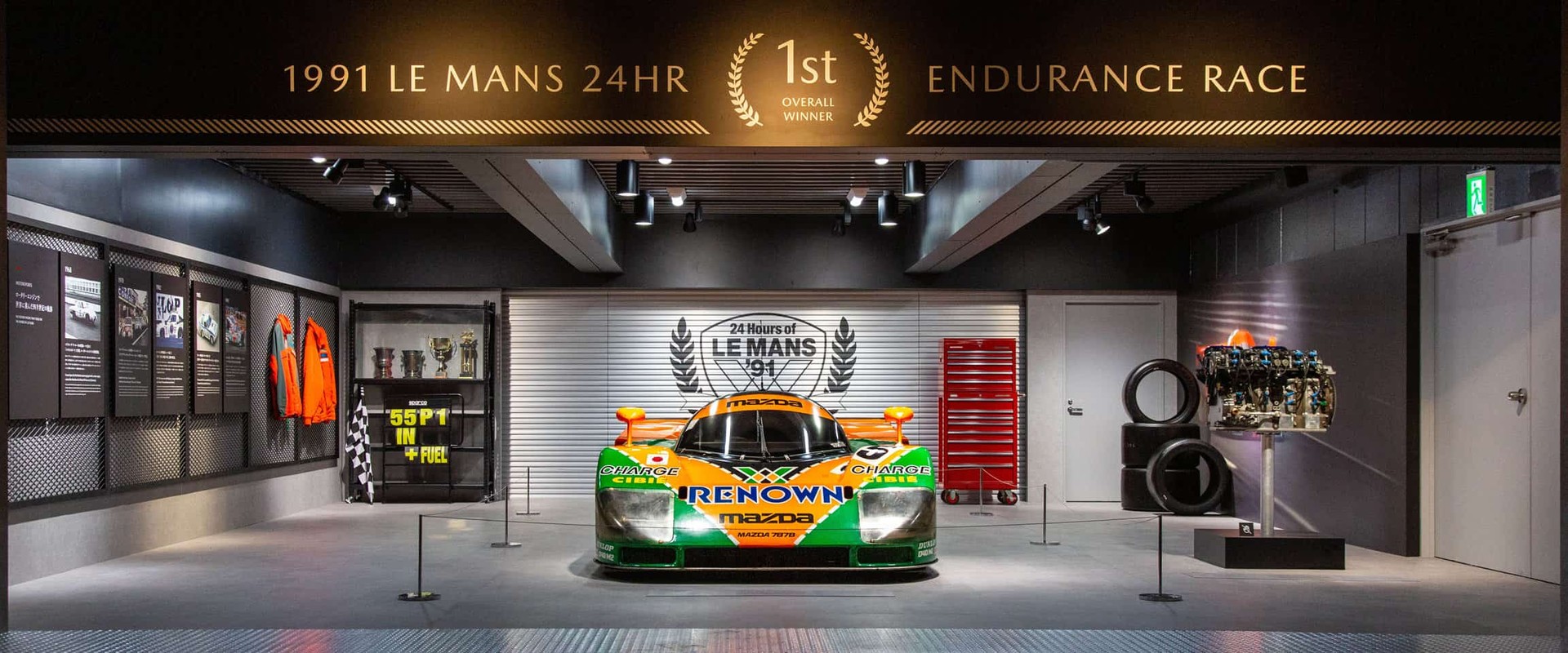
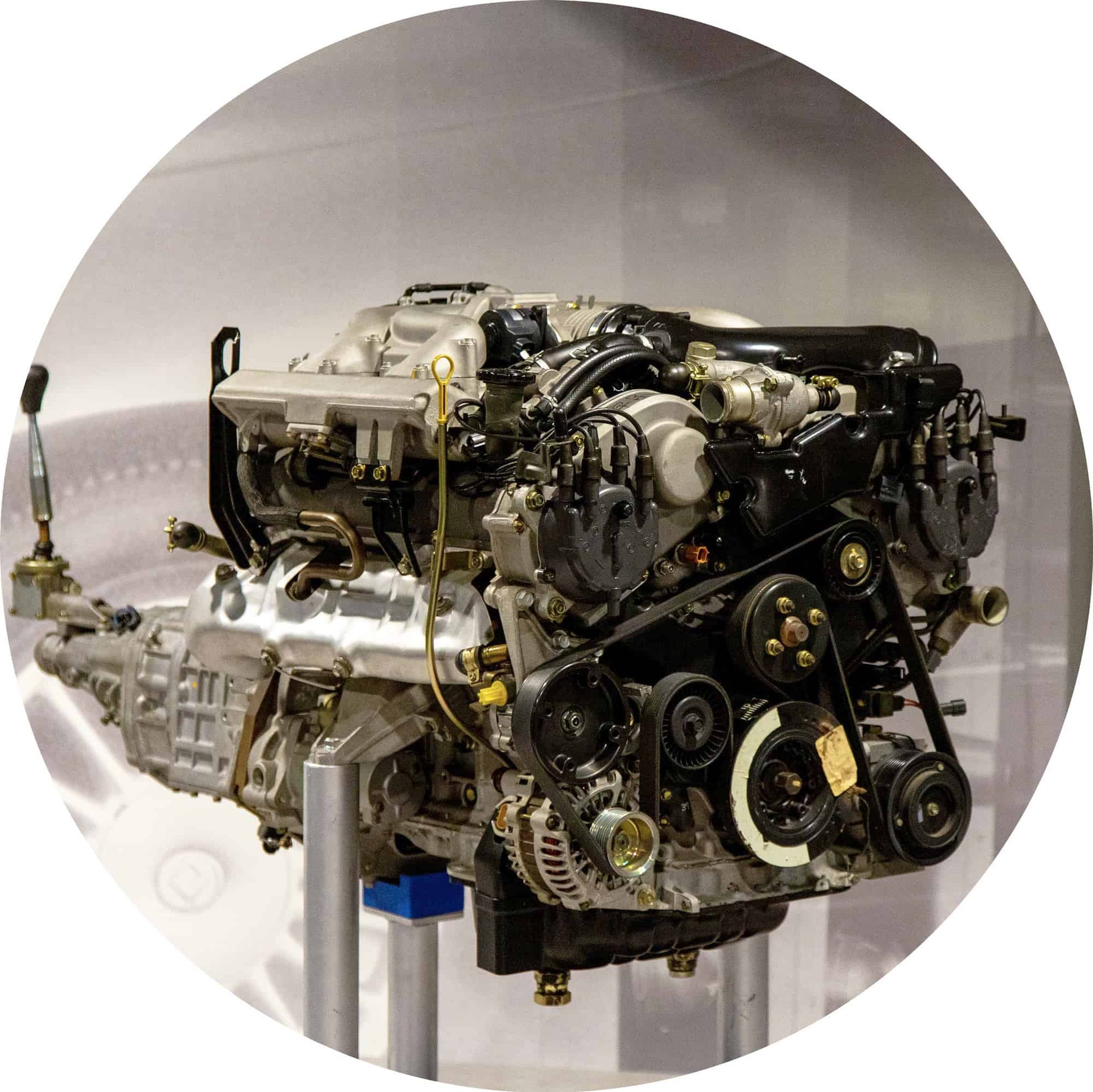
Zone 5-6
The One And Only V12 Engine
Mazda’s challenger spirit continues to be showcased in Zones 5 and 6, which highlight the 80s approach of going on the offensive in a competitive market.
Must see: In Zone 5, visitors can see Mazda’s first and only V12 engine, which had displacement of 4000cc and was developed during the late 1980s through to 1992. By connecting two V6 engines, the development team wanted to build an engine for the best car in the world. The V12 engine was never brought to market, but Mazda’s challenger spirit lived on in its unique engine designs, including a three-rotor rotary engine and Miller cycle V6 engine.
Zone 7
The SUV That Gave The World “Kodo: Soul of Motion”
Welcome to the new school: The Mazda CX-5, Mazda6, and MX-5 represent Mazda’s new era, with game-changing Skyactiv Technology and unique Kodo Design.
Must see: The Mazda CX-5 SUV, released in 2012, was the first vehicle to present Mazda’s new “Kodo: Soul of Motion” design theme. It’s said that the sleek, sporty silhouette was inspired by a cheetah ready to pounce on its prey; and the forward-thinking design was matched by the Skyactiv technology, which maximizes the driving performance and the efficiency. It’s a crossover SUV with plenty of charm.
Zone 8-9
The Crumpled Car, Destroyed On Purpose
With brilliant vehicles come uncompromising safety standards. A series of striking installations can be seen here, as well as the opportunity to witness Mazda vehicles being made in real time.
Must see: A Mazda CX-30 damaged during routine safety testing (pictured) makes for one of the most recognizable moments in the Mazda Museum. While the damage to the front of the vehicle is extensive, the cockpit and interior remain well-protected. In Zone 9, too, you can walk above the Mazda production line at the Ujina factory, which produces 1,000 cars every single day. Each vehicle takes around 15 hours of precise work to be completed.
Zone 10
Looking To The Next Century
Across Zone 10, be sure to witness Mazda’s bold, future-proof strategy and unique Kodo designs, including a bicycle, a sofa and a spectacular Goshintai sculpture.
Must see: The sweeping, elegant exteriors and exhilarating nature of the Mazda Vision Coupe and RX-VISION (pictured) offer the perfect endnote for the Mazda Museum in Zone 10. Each of these cars was brought to life using the combined skills of an expert clay modeler, who used their skills to transform ideas into life-sized models that would then later become concept vehicles. Neighboring the two concept cars is the Mazda LM55 Vision Gran Turismo, which is a life-sized model of the car available in the Gran Turismo racing game. The vehicle fuses Mazda’s Kodo design philosophy with a nod to the Le Mans-winning Mazda 787B.
Words Ed Cooper / Images Dan Froude
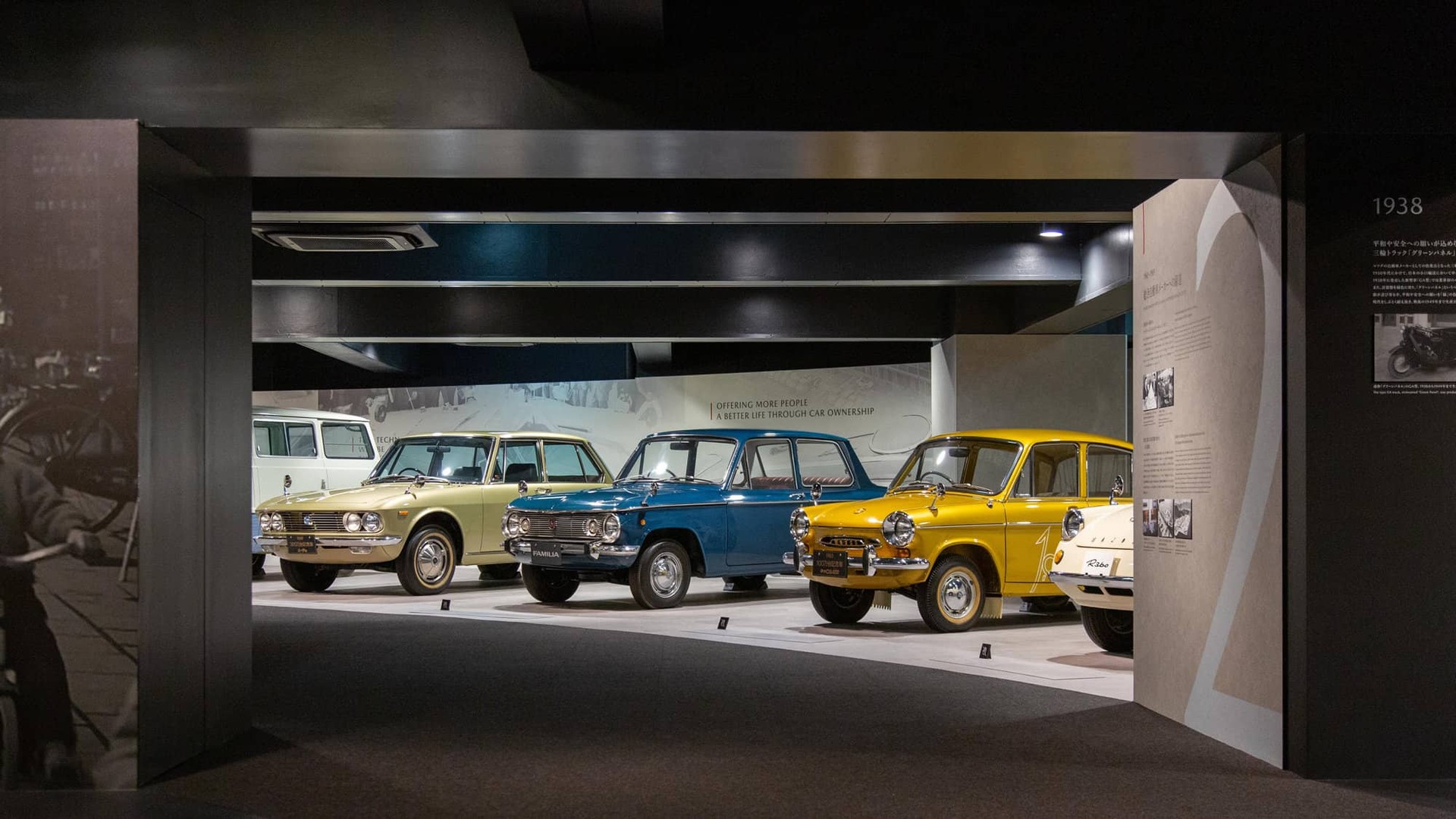
find out more
